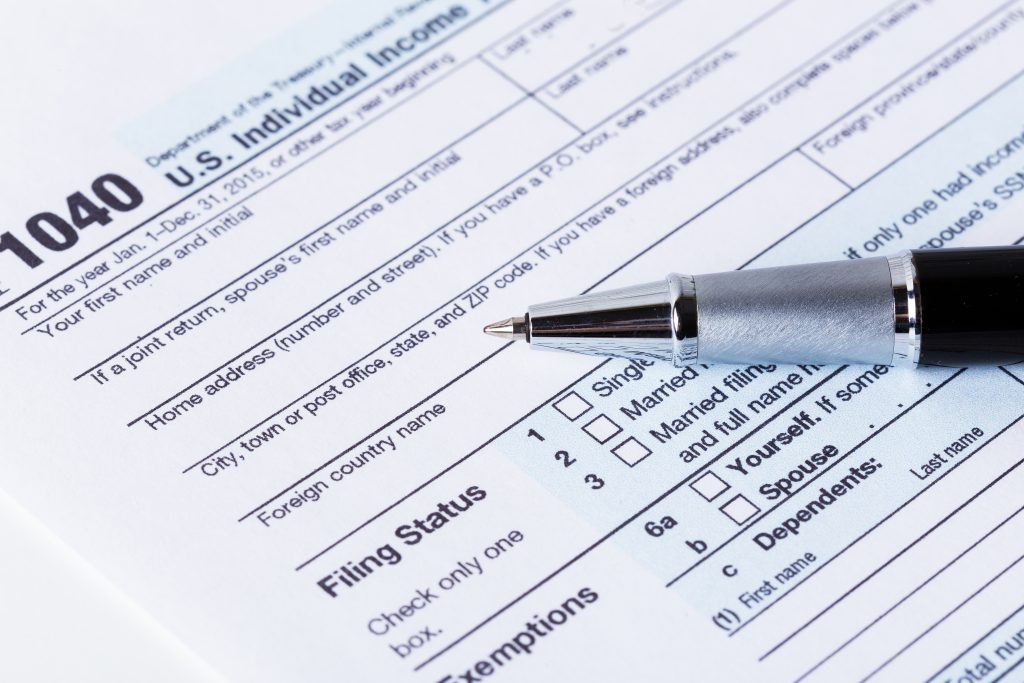As the tax season approaches, it’s time to start thinking about tax planning strategies to maximize your savings. With a little bit of effort and knowledge, you can potentially save thousands of dollars on your taxes. In this blog post, we’ll explore some tax planning strategies that you can use to lower your tax bill and increase your savings.
Understanding Your Tax Bracket
One of the most important things to understand when it comes to tax planning is your tax bracket. Your tax bracket is determined by your income level, and it determines the percentage of your income that you’ll owe in taxes. By understanding your tax bracket, you can make smart decisions about how to reduce your taxable income.
Taking Advantage of Deductions and Credits
Deductions and credits are some of the most effective ways to lower your tax bill. Deductions reduce your taxable income, while credits directly reduce the amount of taxes you owe. There are many deductions and credits available, such as the standard deduction, charitable contributions, and education credits. By taking advantage of these deductions and credits, you can potentially save thousands of dollars on your taxes.

Planning Your Retirement Contributions
Retirement contributions are another effective way to lower your taxable income. Contributions to a traditional IRA or a 401(k) are tax-deductible, which means they reduce your taxable income. By maxing out your retirement contributions each year, you can potentially save thousands of dollars on your taxes while also saving for your future retirement.
Timing Your Income and Expenses
Timing your income and expenses can also help you lower your tax bill. For example, if you’re expecting a bonus at the end of the year, you may want to delay it until the following year if it will put you in a higher tax bracket. Similarly, if you have large expenses coming up, you may want to accelerate them into the current year to take advantage of deductions.
Investing in Tax-Advantaged Accounts
Investing in tax-advantaged accounts such as a Health Savings Account (HSA) or a 529 college savings plan can also help you save on taxes. HSAs allow you to contribute pre-tax dollars, which can be used to pay for medical expenses tax-free. 529 plans allow you to save for college expenses tax-free, and some states even offer tax deductions for contributions.
Financial Coaching to Help Tax Planning
If you want to maximize your tax savings and lower your tax bill, consider working with a financial coach at Tarrant Financial Coaching. Our team of experts can help you develop a comprehensive tax planning strategy that takes into account your unique circumstances and goals. Contact us today to schedule a free consultation and learn more about how we can help you take control of your finances and achieve your financial goals.
Overall, tax planning is an important part of any comprehensive financial plan. By understanding your tax bracket, taking advantage of deductions and credits, planning your retirement contributions, timing your income and expenses, and investing in tax-advantaged accounts, you can potentially save thousands of dollars on your taxes each year. If you’re ready to take control of your finances and maximize your tax savings, contact Tarrant Financial Coaching today to schedule a free consultation. We’re here to help you every step of the way.

